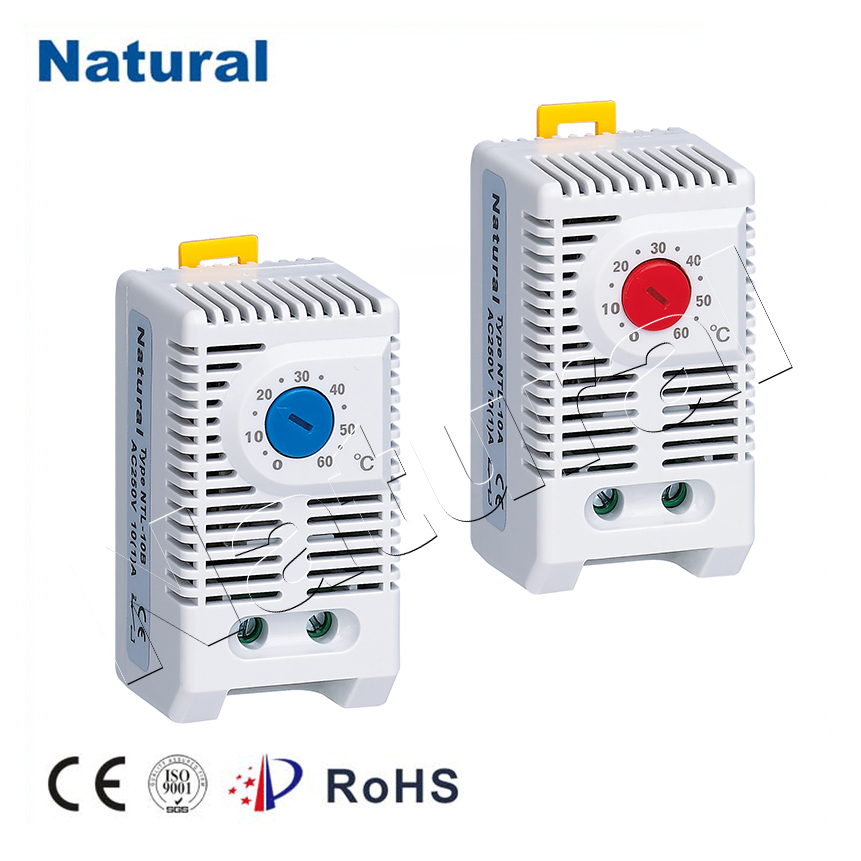Introduction

In the realm of modern convenience and energy efficiency, few devices have played a more crucial role than thermostats. These unassuming devices, often mounted on walls or integrated into smart home systems, have revolutionized the way we control indoor temperatures. From the early mechanical thermostats to the sophisticated smart thermostats of today, this article explores the evolution, features, benefits, and impact of thermostats on comfort and energy efficiency. The Evolution of Thermostats The journey of thermostats began with the invention of the first mechanical thermostat by Andrew Ure in 1830. This groundbreaking device utilized a bimetallic strip to respond to temperature changes, activating a switch to control heating or cooling systems. The concept evolved over the decades, with improvements in accuracy and functionality. Then came the programmable thermostat in the 1950s, allowing users to set temperature schedules and save energy during unoccupied periods. The Digital Era and Smart Thermostats The digital revolution in the late 20th century brought forth digital thermostats, which provided more precise control and user-friendly interfaces. However, it wasn’t until the 21st century that thermostats truly transformed into smart devices. Smart thermostats, connected to the Internet and controllable through smartphone apps, offered features like remote access, learning capabilities, and integration with home automation systems. Features and Benefits of Smart Thermostats Smart thermostats offer a range of features that go beyond mere temperature control. Learning algorithms allow these devices to understand a household’s schedule and preferences, adjusting temperatures accordingly. Energy usage reports help users track their consumption and make informed decisions to reduce their carbon footprint. Some models even integrate with weather forecasts to optimize indoor conditions. Impact on Energy Efficiency The impact of thermostats, particularly smart thermostats, on energy efficiency cannot be overstated. The ability to program heating and cooling schedules based on occupancy patterns prevents wastage, resulting in lower energy bills. Learning capabilities further enhance efficiency by adapting to users’ behaviors and making automatic adjustments. Studies have shown that smart thermostats can reduce heating and cooling costs by up to 20%, contributing significantly to energy conservation. Comfort and Convenience Apart from energy savings, thermostats greatly enhance indoor comfort. Maintaining a consistent temperature ensures that occupants feel comfortable throughout the day. Remote access allows users to preheat or cool their homes before arrival, ensuring a welcoming environment. The convenience of controlling the thermostat via smartphones adds an extra layer of comfort, allowing adjustments with a few taps. Challenges and Considerations While thermostats have come a long way, challenges remain. The initial cost of smart thermostats can be a barrier for some users, though long-term savings often outweigh the upfront investment. Additionally, connectivity issues and data security concerns have been raised with the proliferation of smart devices. Manufacturers are working to address these challenges through better user education and enhanced security measures. Looking Ahead The thermostat’s journey from a simple bimetallic strip to a connected smart device highlights its importance in modern living. As technology continues to advance, we can expect even more innovative features in the realm of temperature control. Machine learning and AI integration could lead to even more sophisticated adaptive systems that seamlessly blend comfort and energy efficiency. Conclusion Thermostats have evolved from humble beginnings into powerful tools that shape our indoor environments while contributing to energy conservation. The combination of comfort, convenience, and energy efficiency offered by thermostats, especially smart thermostats, has made them a cornerstone of modern living. With ongoing advancements, these unassuming devices are likely to play an increasingly significant role in our pursuit of both comfort and sustainability.